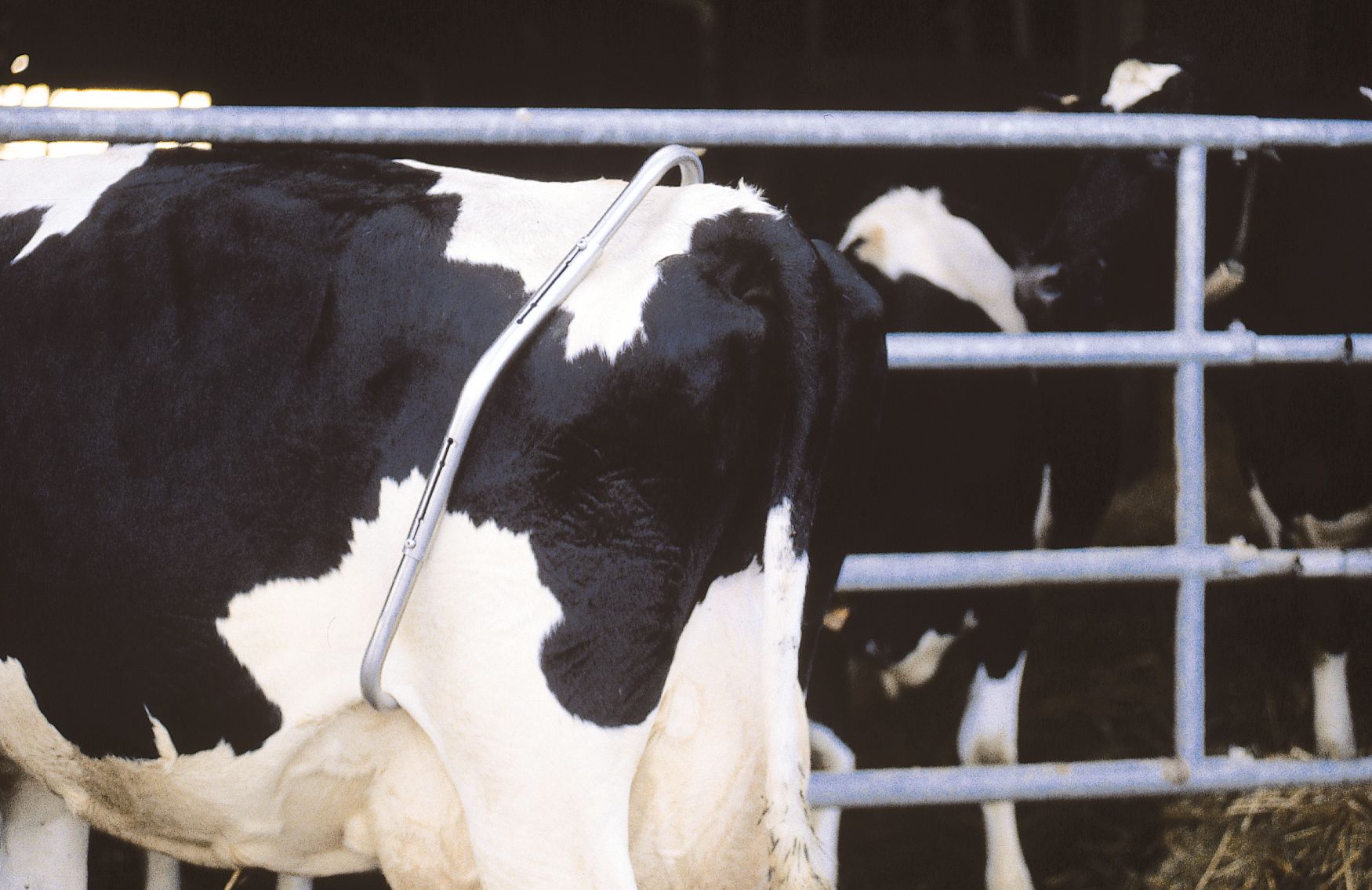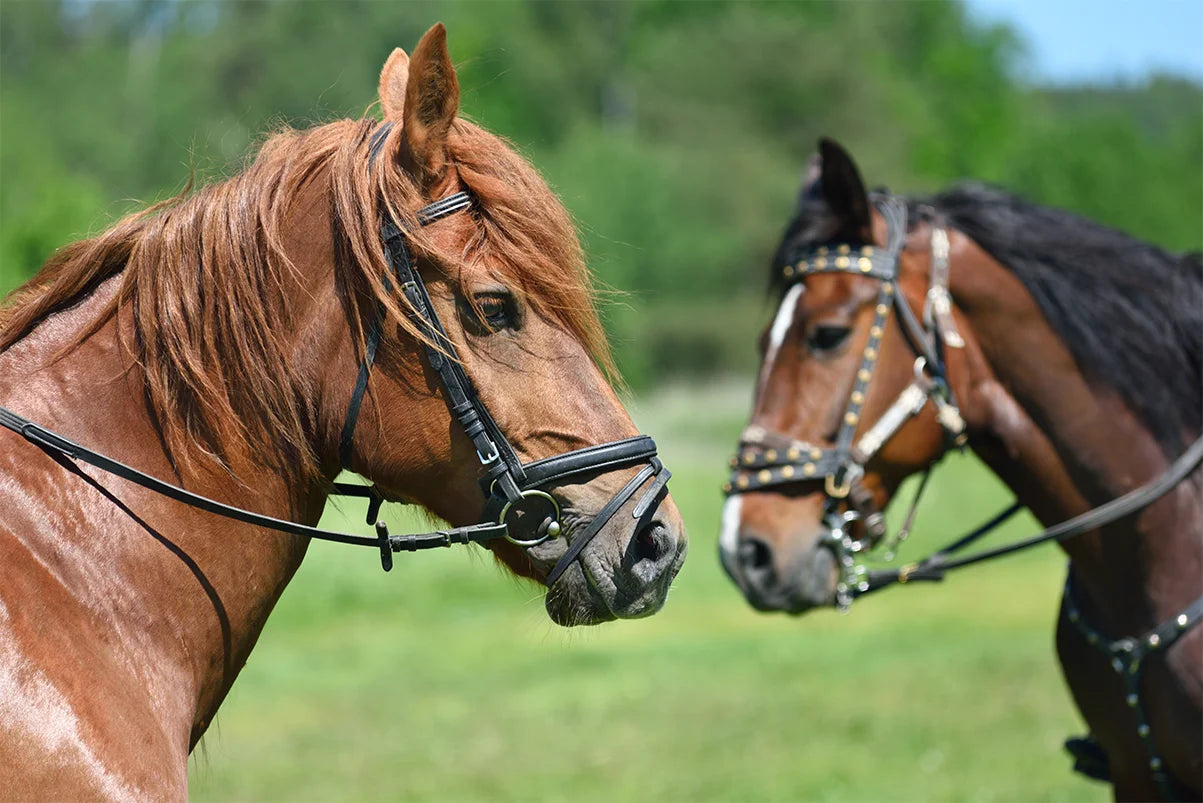Article: Understanding Anti-Kick Bars: A Must-Read for Horse and Cattle Handlers

Understanding Anti-Kick Bars: A Must-Read for Horse and Cattle Handlers
Table of Contents
Dealing with livestock requires specific knowledge, and not just that, but also some necessary tools and equipment. Among them, anti-kick bars hold significance, ensuring handler safety and contributing to efficient livestock management. This comprehensive guide explores the essential aspects of anti-kick bars, including their purpose, selection, usage, and ethical considerations, focusing on horses and cattle.
Anti-Kick Bars and Their Crucial Role in Livestock Safety
In livestock handling, anti-kick bars serve as an important physical deterrent. They discourage animals from kicking, reducing the likelihood of injuries and promoting a safer environment for the handlers and animals.
Enhancing Handler Safety
Kicks from large animals such as horses and cattle can be forceful, posing substantial safety risks to handlers. Implementing safety tools like kick-stoppers can mitigate these risks. These bars deter the animal not just physically but also psychologically.
Minimizing Injury Risks for Livestock
In addition to handler safety, anti-kick bars also contribute to the welfare of the livestock themselves. These tools prevent sudden forceful movements, keeping the animals calm and reducing the risk of self-inflicted injuries. For example, when the cow is being milked.
Selecting the Right Anti-Kick Bar: Factors to Consider
The selection of an appropriate anti-kick bar depends on various factors, from the characteristics of your livestock to the material's durability and the bar's design features.
Considering the Specifics of Your Livestock
Your livestock's size, breed, and temperament can significantly influence your choice of anti-kick bars. For instance, a giant breed might require a more robust anti-kick bar. Craft Colt's Adjustable Anti Kick Bar offers a flexible solution designed to adjust according to different sizes and breeds.
Evaluating Durability and Material
Durability is a crucial factor when choosing an anti-kick bar. You want a product that withstands forceful kicks without breaking. Thus, the material of the anti-kick bars is crucial. Those made from robust materials like heavy-duty steel provide resilience and longevity.
Understanding the Design Features
The design features of an anti-kick bar can significantly enhance its usability and effectiveness. Padded contact areas, for example, can make the bar more comfortable for the animal, reducing stress and resistance. Adjustable sizes enable a custom fit for individual animals, enhancing the bar's effectiveness.
Implementing Anti-Kick Bars: Usage Guide and Tips
Proper usage of anti-kick bars is paramount for their effectiveness. This includes understanding the correct placement, making necessary adjustments for individual animals, and monitoring their response.
Correct Placement of Anti-Kick Bars
Anti-kick bars should be positioned to discourage kicking while maintaining animal comfort. Usually, this involves placing the bar above the hock and below the hip. This positioning allows the bars to swing freely with the animal's movement, discouraging kicking but not restricting movement.
When positioning the anti-kick bar, ensure it is snug against the animal's body but not so tight as to cause discomfort or distress. The bar should be able to swing freely with the animal's movement. This placement helps to deter kicking by making it uncomfortable for the animal to lift their leg high enough to kick effectively.
Adjusting the Bars to Individual Animals
Each animal is unique, with its own size and comfort preferences. Therefore, adjusting the anti-kick bar to fit individual animals is crucial. The bar should be secure but not overly tight to prevent discomfort.
Anti-kick bars usually come with adjustable features. These might include sliding components or locking mechanisms that allow you to alter the length of the bar. Familiarize yourself with these features before fitting the bar on the animal.
Monitoring the Animal's Response
After fitting the bars, monitoring the animals' response is essential. Further adjustments may be necessary if they appear uncomfortable or exhibit signs of distress. It's about finding the balance between deterring kicks and ensuring animal comfort.
Common Challenges with Anti-Kick Bars
Using anti-kick bars may present some challenges. Being aware of these potential issues and knowing how to address them ensures their practical use.
Overcoming Resistance in Livestock
Livestock may initially resist the unfamiliar sensation of an anti-kick bar. In such cases, patience, gentle handling, and gradual bar introduction can help them adjust.
Ensuring Bars Stay in Place
Over time, bars may slip or shift, reducing their effectiveness. Regularly checking the fit and making necessary adjustments can help prevent this issue.
Regular Maintenance of Anti-Kick Bars
Maintaining anti-kick bars involves regular cleaning to remove dirt or debris and prevent rusting, especially for metal components. Inspect the bars routinely for signs of wear and tear, such as cracks, bends, or broken parts, which might compromise their safety and effectiveness. Lubricate any moving parts as needed to ensure smooth operation. It's best to change the entire ba if any damage is found. Proper care and maintenance prolong the life of your anti-kick bars, ensuring they remain a reliable tool in livestock management.
Ethical Considerations and Best Practices
These devices should be used as safety tools rather than punitive measures. The bars must be fitted appropriately and adjusted to suit each animal, preventing discomfort or distress. Remember, over-reliance on such tools can also be problematic - they should complement good handling techniques, not replace them. Identifying the underlying causes of kicking behavior, such as stress or poor health, is essential, which is always the more ethical and sustainable approach to livestock management. A calm and well-treated animal is less likely to kick, and prioritizing animal welfare is a moral necessity and a key to effective management.
In conclusion, when used correctly and ethically, anti-kick bars can significantly enhance safety in livestock handling. They can prove invaluable in the handler's toolkit, paired with respectful handling techniques, proper fitting, and regular maintenance.
Proper Knowledge and Application are Important
Products like Craft Colt's Cattle Kick Stopper are a testament to the innovations in this area, providing handlers with effective tools for livestock management. With the proper knowledge and application, these bars can significantly impact your livestock handling practice.


